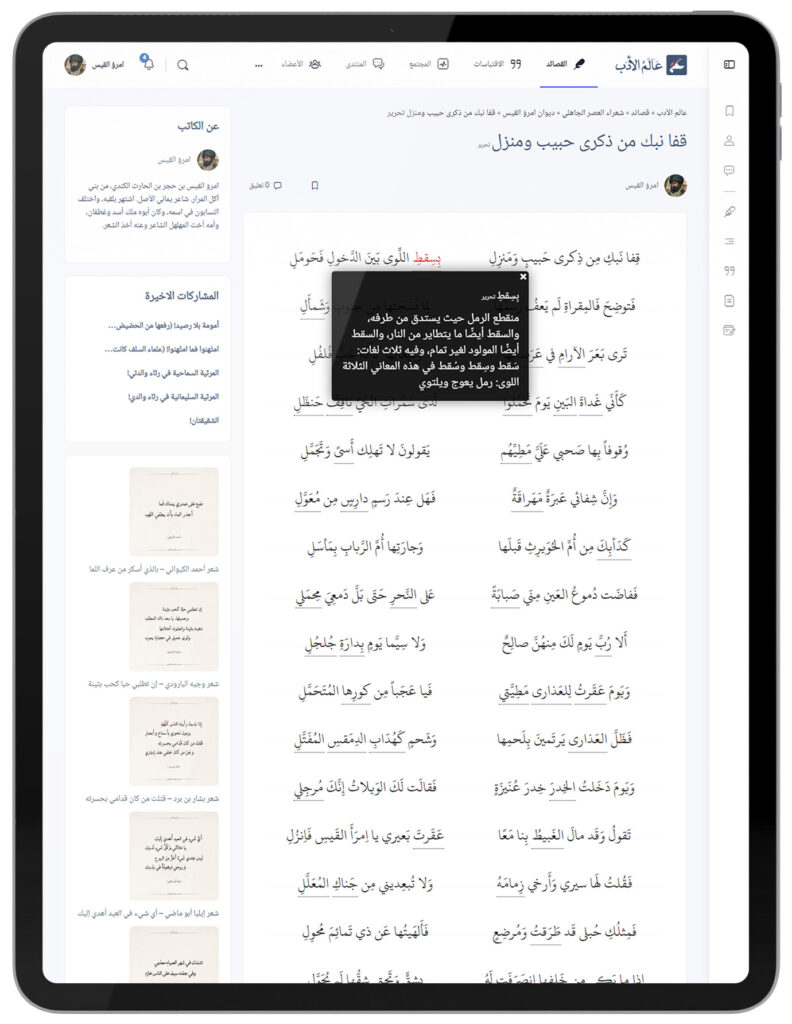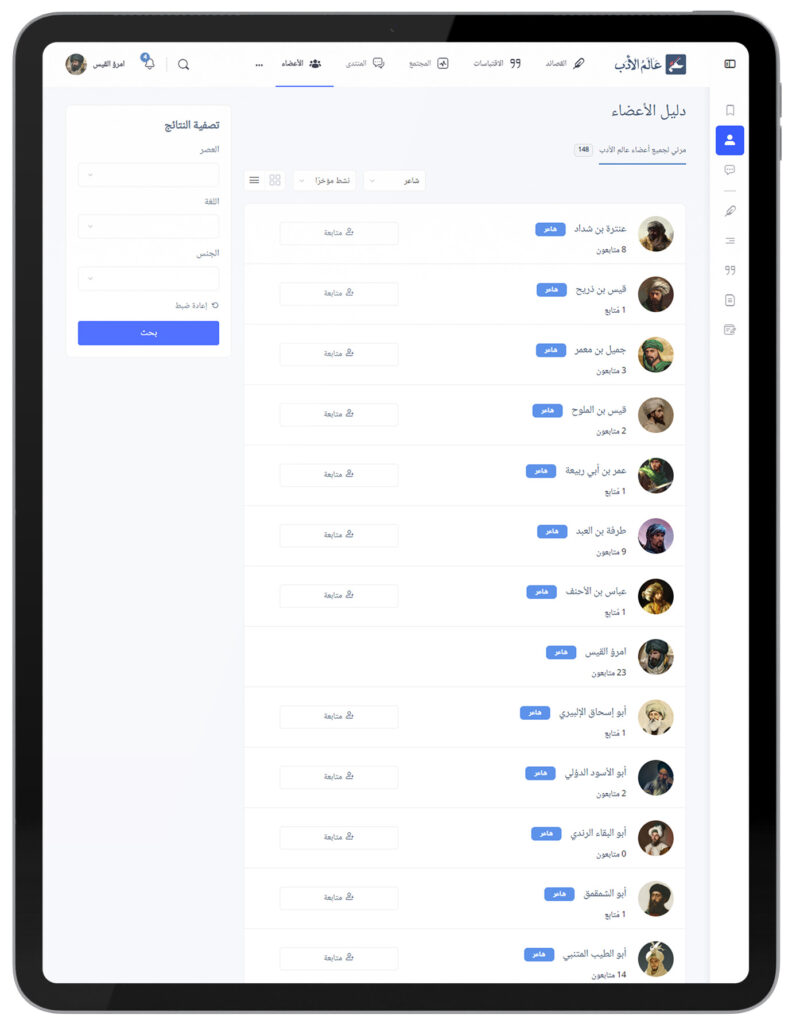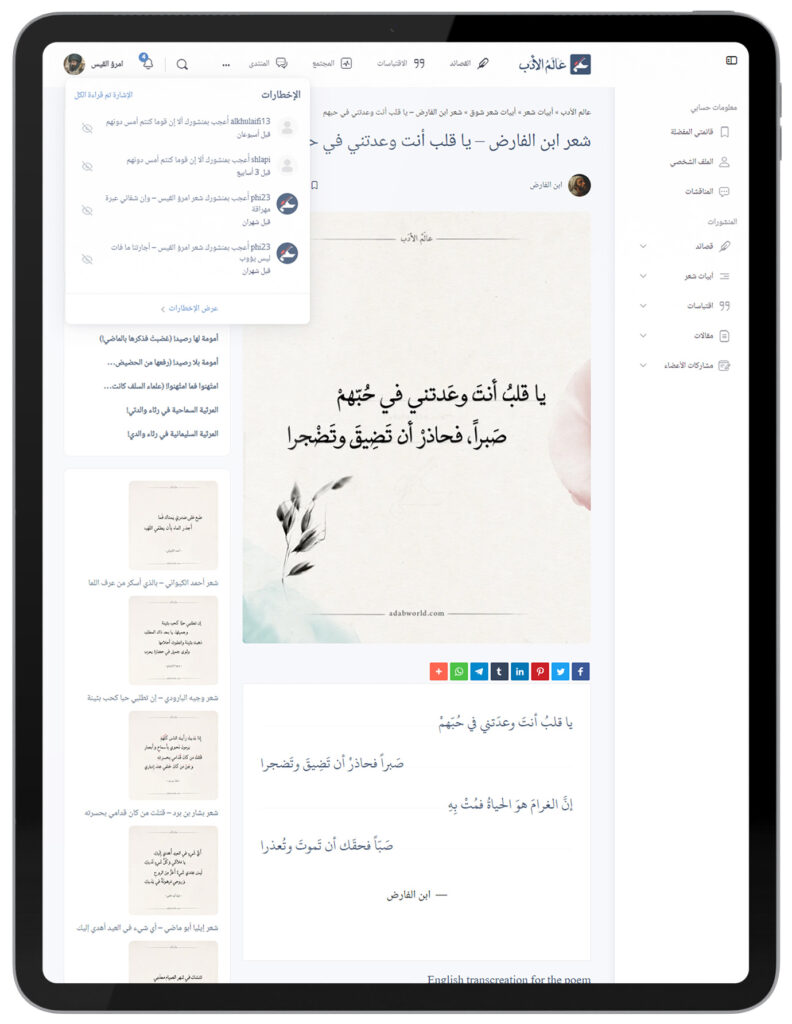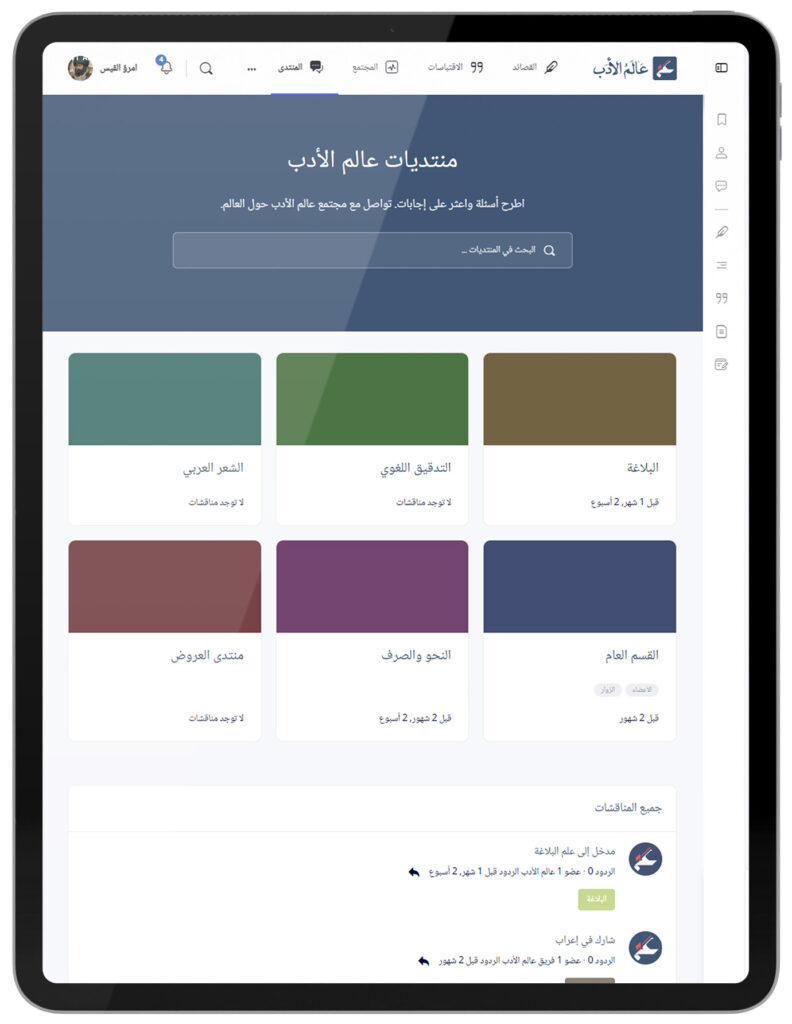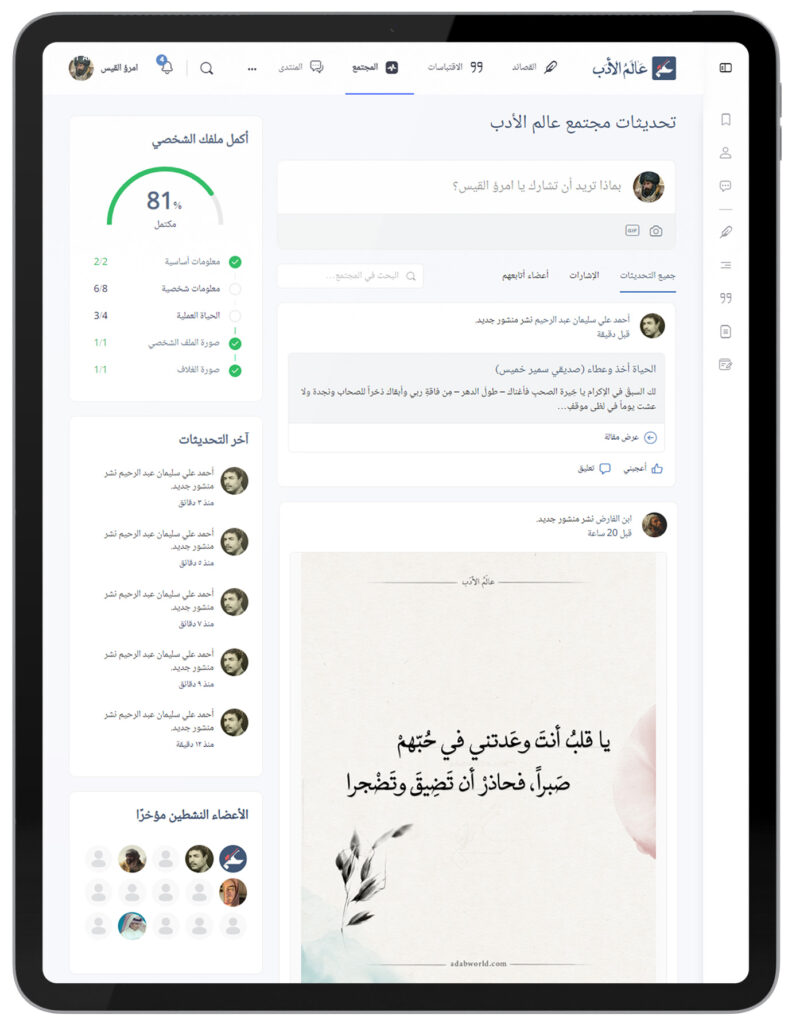
Growing  Adabworld
Adabworld
Bringing Arabic poetry to the masses and making it accessible to everyone.
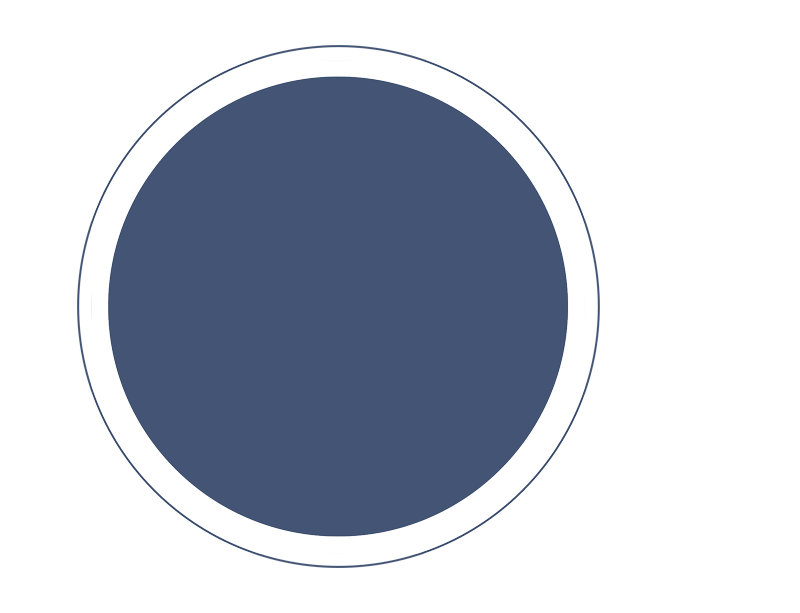
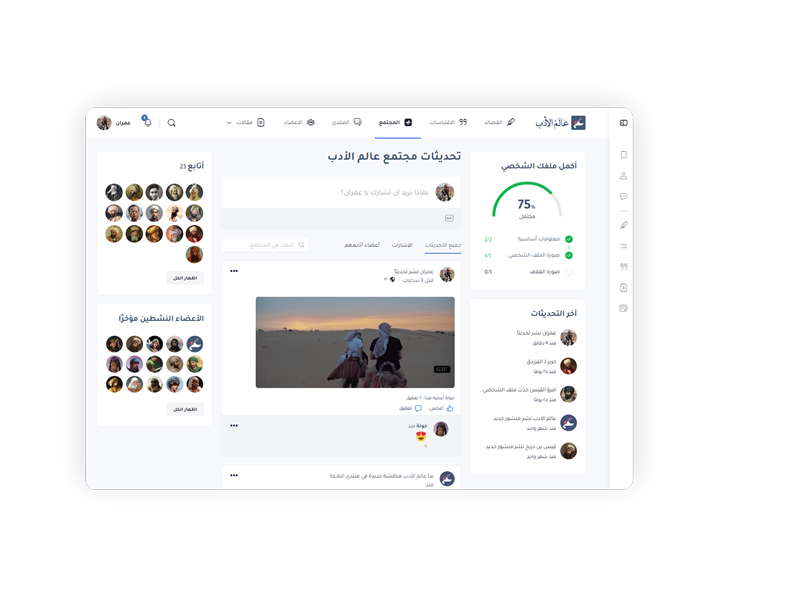
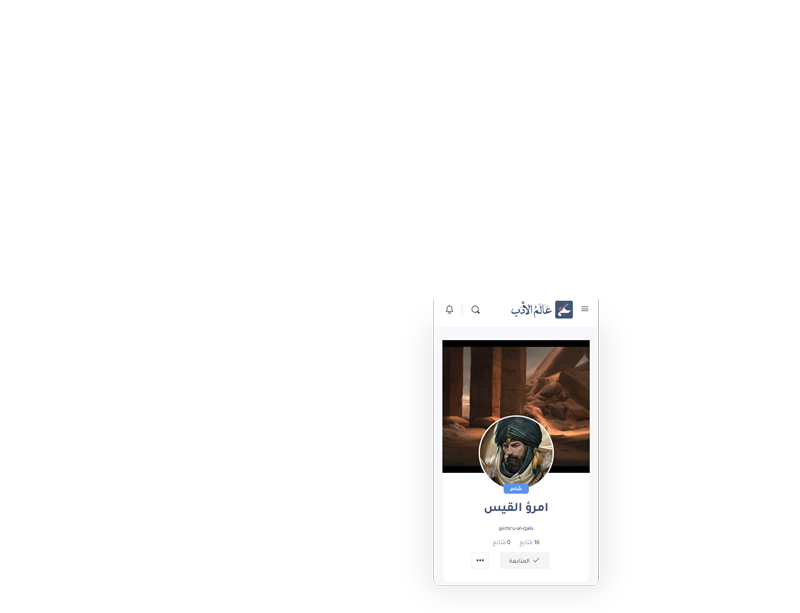
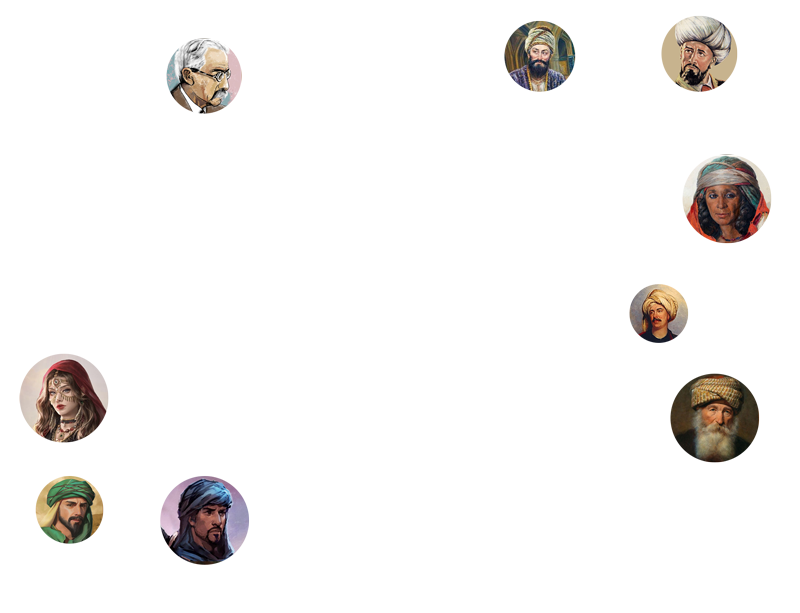
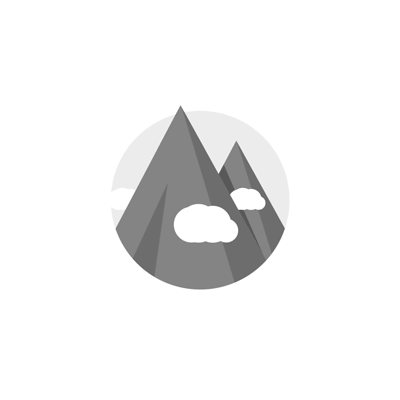
Adabworld v4.0: A blog's journey to becoming a social network platform
I started Adabworld in 2018 as a blog to help promote a stronger presence of poetry in our cultures and place poetry in front of the largest possible audience.
I believe that poetry is one of the most important forms of expression in any society, it has the ability to touch people’s hearts and minds in ways that no other form of communication can.
Poetry is an essential part of Arab culture, and it is something that should be celebrated. Adabworld provides a unique and essential service by bringing poetry to the masses and making it accessible to everyone.
I genuinely believe that Adabworld can make a real difference in the world. By providing a space for poets to share their work, and by connecting people with the Arab world through poetry.
This is a look at how I built one of the most-visited Arabic poetry sites on the web.
- 600k+ visitors per month
- 47+ Million total page views
- 30k+ Unique pages
- 5k+ Keywords ranked No.1 on Google
- 1.3 Million Social media followers
Client:
Personal project
Role:
UX/UI, Front-end
Team:
Sarah, my wife
Date:
2018, Ongoing
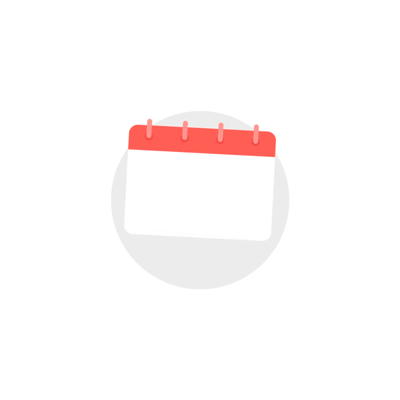
My Approach
An ever-evolving process
My UX process is rooted in both theory and practice. I take a hands-on approach to design, which means that I am always tinkering with code, doing user research, or designing prototypes.
I am always looking for ways to improve my process. After doing some research, I decided to try running multiple small iterations followed by a large refactoring iteration in Q3. This allowed me to get constant feedback and make quick changes, while also giving me the opportunity to do a major overhaul every year.
Setting measurable goals
My design process is driven by specific goals and objectives, rather than mere opinion or personal preference. I heavily research in order to justify my design choices, ensuring that the end result is a viable solution to the problem at hand.
RESEARCH
RESEARCH
RESEARCH
RESEARCH
RESEARCH
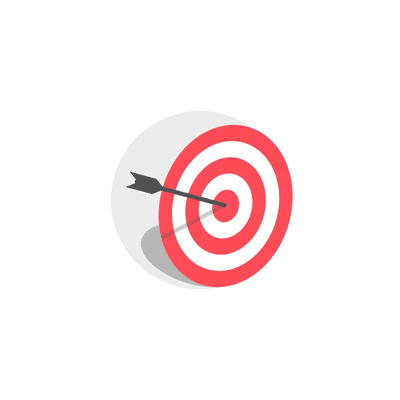
Project scope
Adabworld 4.0 project scope includes the development and implementation of a community website that will provide a forum and activity feed for users to share their work, connect with other writers and readers, and appreciate all things related to literature. The website will include features such as user profiles, groups, discussion forums, an updated blog, and a submissions system. It will be designed to be easy to use and navigate, with a clean and modern interface.
Business goals
- Offer something new and unique that can’t be found on other platforms
- Maximize users engagement to create a powerful impact
- Break through social media barriers
- Create opportunities for growth that others cannot provide
- Place poetry in front of the largest possible audience
- Foster creativity and critical thinking
- Encourage creative writing
- Increase Literacy
User (writer) needs
- A dedicated space for poets and writers to share their work
- A space for poets and writers to receive feedback
- Connect with other like-minded individuals
- Gives poets and writers a place to find new audiences
- Get acknowledged for creativity and contributions
- Be rewarded with exclusive experiences and products for sharing my work
- Gain exposure with a dedicated platform for poets and writers.
- Get insight into the writing process of other poets and writers.
User (reader) needs
- Find new authors and poets to follow.
- Connect with other readers and writers.
- Discuss my favourite books and authors.
- Discover my next favourite book.
- Share my love of reading and writing with others.
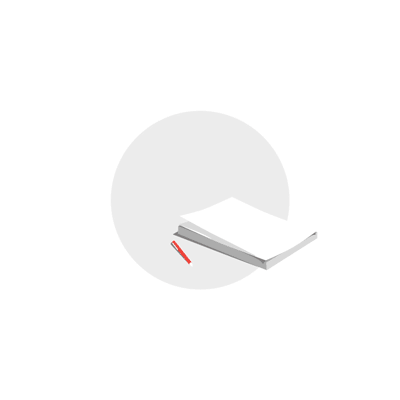
Interviews & Surveys
I formulated questions for an online survey that was answered by 2617 people (about 75% Users, 13% Poets and writers and 12% teachers and educators) – of course, this survey is not representative, especially if we consider the differences between younger and more experienced writers and between the different age groups of users.
These were the insights that I gleaned from those interviews:
INSIGHT #1
Lack of an appropriate platform
Many respondents expressed a lack of an appropriate platform for sharing their Arabic writing. While some noted that social media platforms like Facebook and Twitter were good for shorter pieces, they were not well-suited for longer or more serious writing. A few mentioned specific platforms like Medium or WordPress that they found to be more conducive to their work, but others lamented the lack of a good all-in-one solution that caters to the Arabic language needs.
INSIGHT #2
Lack of Literacy
Many of the people we spoke to mentioned that they felt a lack of literacy was preventing people from engaging with poetry. They felt that people were intimidated by the language and structure of poems and that this was preventing them from enjoying or understanding poetry. This is a problem that Adabworld is actively trying to address by providing short digestible meaning for some of the complicated poems in an accessible way.
INSIGHT #3
Lack of exposure
Many of the respondents expressed a lack of exposure. This may be due, in part, to the fact that such platforms are not as prevalent as those for other types of artists. As a result, many poets and writers rely on social media or other online platforms to share their work, which can often be limiting.
INSIGHT #4
Users hardly know local writers and poets
Our survey found that users are not very familiar with local writers and poets. Only 13% of respondents said they knew at least 3 local writers or poets, while 75% said they knew none. This suggests that there is a lack of connection between users and the local writing community.
INSIGHT #5
Technical affinity
The majority of respondents said that they have a high technical affinity, indicating that they are comfortable and proficient with technology. This may be due to the fact that writing is often an online activity, and writers are increasingly using technology to publish their work.
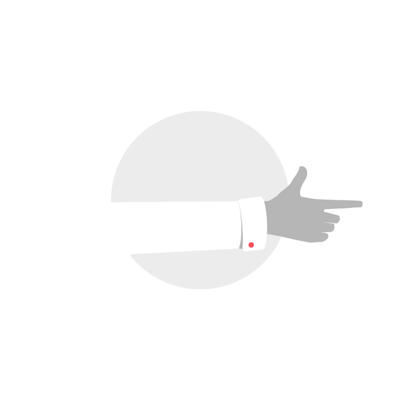
Competitive Analysis
A light competitive analysis was conducted to determine what elements competitors were prioritizing compared to Adabworld. Interestingly, Adabworld actually had many of the core features of our competitors. Still, there was enormous potential in designing and developing these items and functionalities.

After taking a closer look at our competition, I decided to focus on improving Adabworld’s design and user experience. I wanted to make sure that users would have a great experience using our site, and that they would be able to easily find the information and resources they needed.
I also wanted to make sure that our content was high-quality and useful. I worked with our team of writers to come up with new and innovative ways to present our content, and I also made sure to edit and revise all of our existing content.
All in all, the competitive analysis helped me understand where Adabworld could improve, and it also showed me how we could differentiate ourselves from our competition. We were able to use this information to make some great changes that resulted in a better user experience and a more successful website.
Value Proposition
A place for the poetic soul. We are the voice of the poetic soul. We offer a place for people to share their writing, connect with others who have similar interests, and be inspired by the works of others.
Differentiation
A community that provides constructive feedback and promotes creativity. A community where Arabic language poets, readers, and writers can connect with one another and share their work effortlessly.
Building empathy & user persona
The key to making Adabworld more successful is understanding who will be using it. Using data from interviews and surveys, I defined four target group profiles: Majid (Teacher, 55), Layla (Student, 16), Tariq (Poet, 33) and Reem (Poetry lover, 22). This helped me better empathize with their needs as well as priorities for what I should work on next based on my research.
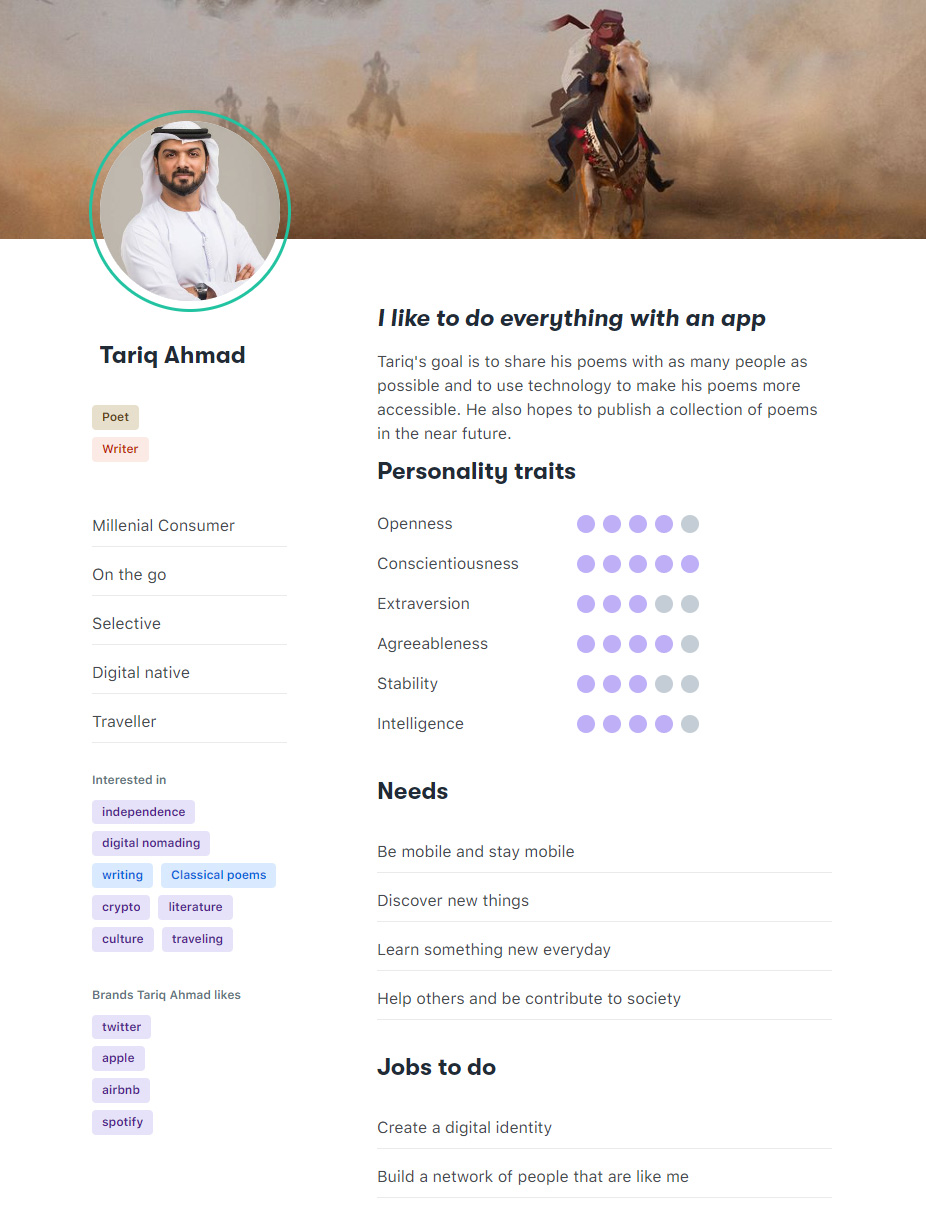

Customer Experience Map
In order to understand the new feature phases and the user’s experience, a community-based journey map was developed. The original journey was greatly altered to remove unnecessary and unfavourable steps.
DESIGN
DESIGN
DESIGN
DESIGN
DESIGN
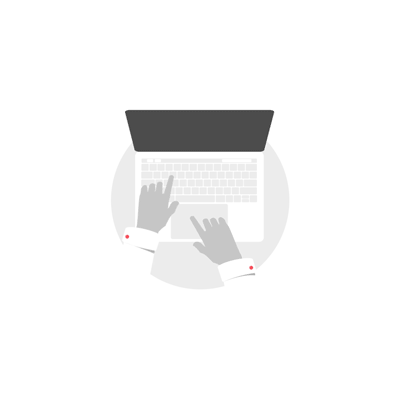
Wireframes & Mockups
I began by designing panels that explained how each component functioned, such as finding a poet or changing a profile photo. After thoroughly reviewing everything through user testing sessions along the way, I eventually arrived at a final design.
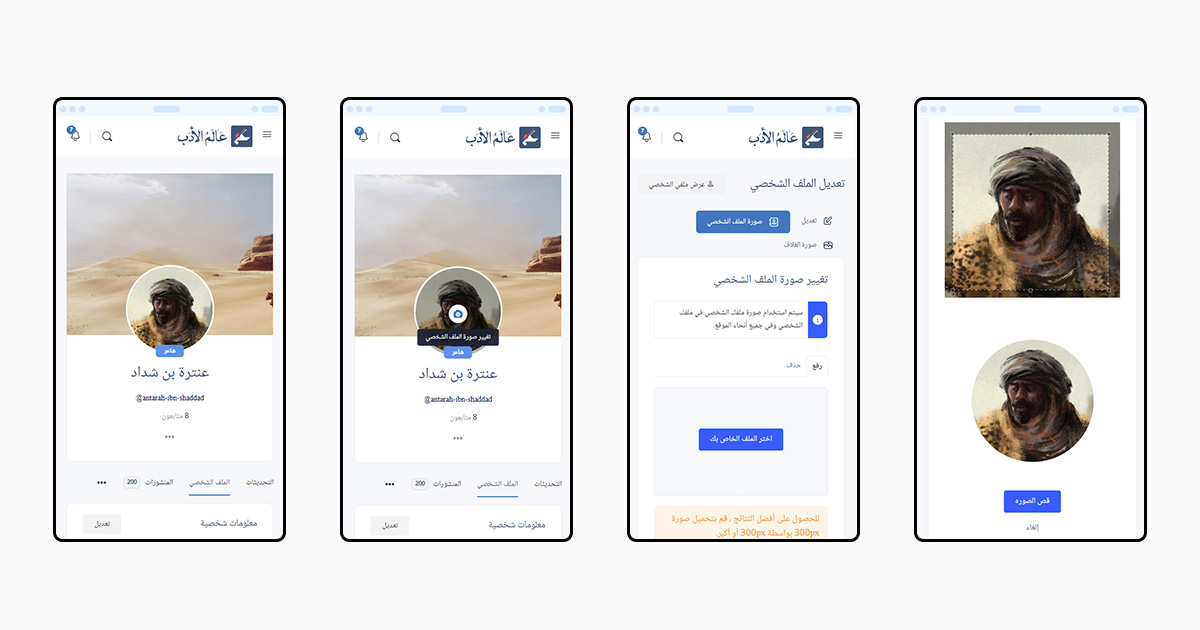
TESTING
TESTING
TESTING
TESTING
TESTING

Usability testing
User testing and session recordings were conducted on a regular basis to observe organic user behaviours, assess the health of the experience, and test theories qualitatively.
It helped surface technical issues that I was able to quickly address. As I got closer to launch, I also did a full end-to-end test of the experience with selected users to ensure that everything worked as expected.
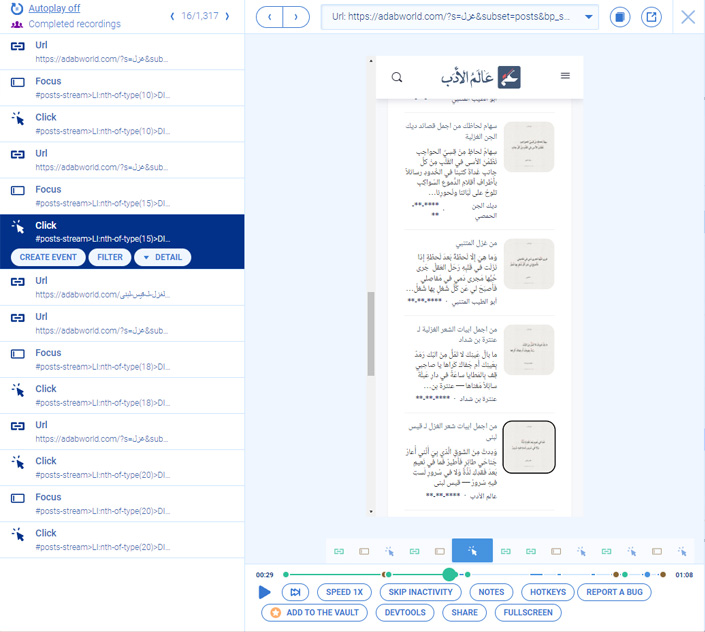

A/B testing
I conducted A/B and click testing to statistically examine the usability assumptions, which validated my assumptions except for a few specifics. First and foremost, I checked the navigation structure on tablet and mobile, as well as the phrasing of various actions and visual design choices.
I also looked at the results of customer surveys to help me identify areas for improvement. From there, I made changes to the navigation, wording, and visuals, and then re-tested those elements to see if they improved the overall experience.

Iterations
Running various tests, as well as interviewing users, helped me validate my ideas and improve the navigation, phrasing, and aesthetics. These procedures improved the overall user experience and resulted in other minor improvements that I hadn’t previously considered, such as adding graphical icons to the navigation and rearranging the order of the menu items in the mobile menu.
IMPLEMENTATION
IMPLEMENTATION
IMPLEMENTATION
IMPLEMENTATION
IMPLEMENTATION
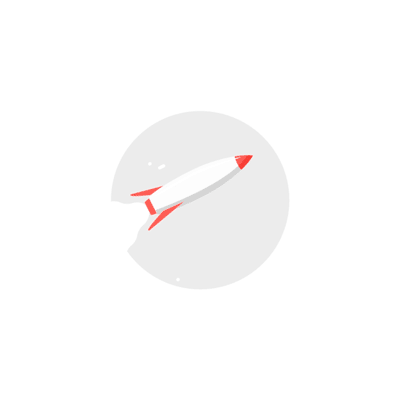
Final Designs
I arrived at the final design after several rounds of user testing and feedback, by considering the needs of the target audience and what would be most useful and functional for them. I took into account that the website would be used by writers and readers of all levels of experience, so it needed to be easy to use and navigate with a clean and modern interface. The final design incorporates all of these features, as well as a submissions system that will allow users to share their work with others on the site, and a forum and activity feed for users to share their work, connect with other writers and readers, and appreciate all things related to literature.
RESULTS
RESULTS
RESULTS
RESULTS
RESULTS
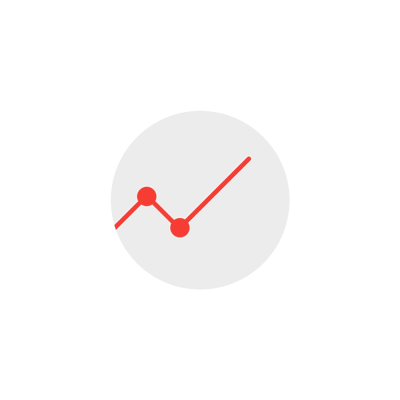
Results
The new design encouraged a more involved and active community of authors and readers to interact and share their work with greater ease. Providing a more user-friendly, easy-to-navigate interface. that entice people to explore the website and take part in its activities
In numbers, the new website design yielded:
1500
First month's registration
1800
First month's User generated content
36
Increase in shares on social media
45
Increase in Avg. Session Duration
25
Increase in Number of Sessions per User
23
Increase in user engagement
TAKEAWAYS
TAKEAWAYS
TAKEAWAYS
TAKEAWAYS
TAKEAWAYS
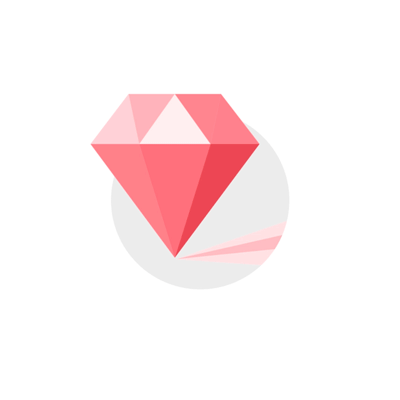
What I learned
Perhaps it’s the perfectionist in me, but I was around 80% satisfied with the design at launch. Given where I was in the first iteration vs where I arrived, I was pleased with my results. The site quickly became one of the most popular in the Arabic-Poetry niche. However, I saw more promise in it. Aesthetics, usability, copy, and code were all areas that might be improved. I have a plan in place to achieve just that, and it’s still being implemented today.
I will keep these notes in mind for future projects:
This design project was a fantastic learning opportunity. I learnt a lot about designing for usability, writing compelling copy, and coding effectively. I also learnt a lot about the Arabic-Poetry niche and how to target that audience.
